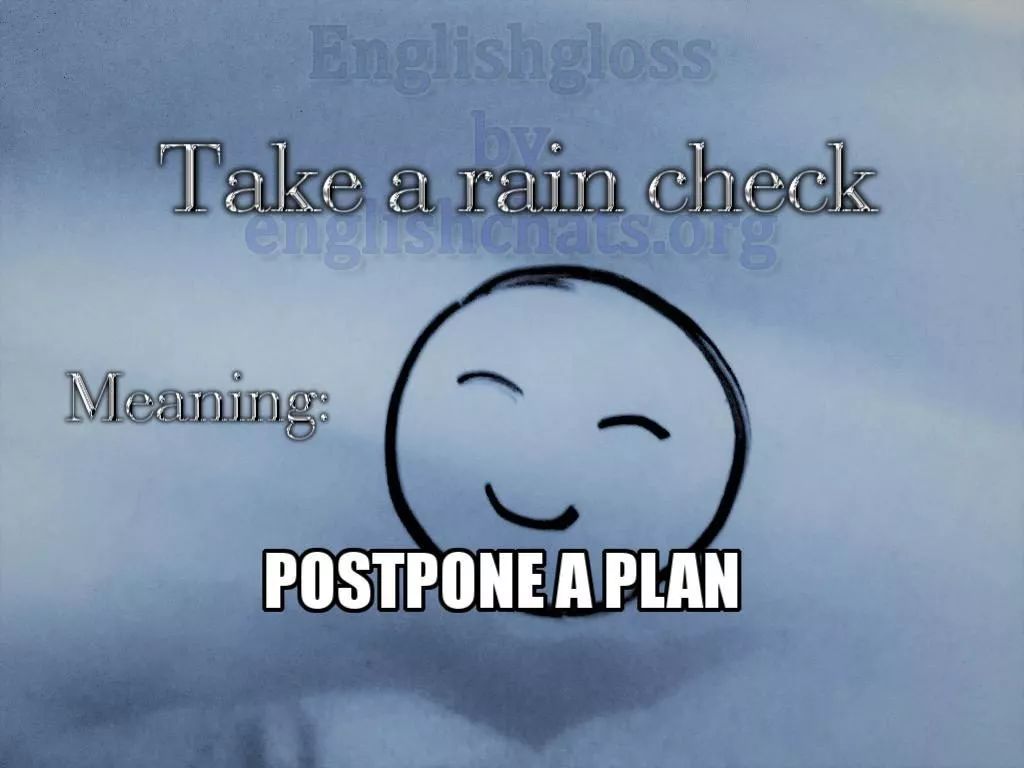Who Will Pay for Student Loan Forgiveness? Exploring the Financial Implications and Stakeholders Involved
#### Who Will Pay for Student Loan ForgivenessStudent loan forgiveness has become a hot topic in recent years, especially as the burden of student debt cont……
#### Who Will Pay for Student Loan Forgiveness
Student loan forgiveness has become a hot topic in recent years, especially as the burden of student debt continues to grow in the United States. As millions of borrowers seek relief from their financial obligations, a critical question arises: Who Will Pay for Student Loan Forgiveness? This inquiry not only addresses the immediate financial implications but also delves into the broader economic consequences and the stakeholders involved in this complex issue.
The concept of student loan forgiveness typically refers to programs or policies that aim to relieve borrowers of their student debt obligations. These initiatives can take various forms, including income-driven repayment plans, public service loan forgiveness, and blanket forgiveness proposals that have gained traction in political discussions. However, regardless of the method of forgiveness, the question of funding remains paramount.

One major stakeholder in the student loan forgiveness debate is the federal government. The U.S. Department of Education plays a crucial role in administering student loans and any forgiveness programs. When loans are forgiven, the government essentially absorbs the financial loss, which can lead to increased taxpayer burdens. This raises concerns about equity and fairness, as taxpayers, including those who never attended college or paid off their loans, may end up shouldering the costs of forgiveness.
Moreover, the implications of student loan forgiveness extend beyond the immediate fiscal responsibilities of the government. Economists argue that forgiving student loans could have a stimulative effect on the economy. With less debt, borrowers may have more disposable income to spend, invest, or save, potentially leading to increased consumer spending and economic growth. However, this potential benefit must be weighed against the financial burden placed on taxpayers and the long-term sustainability of such programs.
Another important aspect to consider is the impact on future students and the higher education system as a whole. If loan forgiveness becomes a widespread policy, it may alter the behavior of colleges and universities regarding tuition pricing and financial aid offerings. Institutions might feel less pressure to keep tuition costs in check if they believe that future borrowers will have their debts forgiven. This could lead to an unsustainable cycle of rising costs and increased reliance on federal loans.

In addition to the government and educational institutions, private lenders and financial institutions also play a role in the student loan landscape. While federal loans are the primary source of student financing, private loans make up a significant portion of the market. The implications of loan forgiveness for private lenders can be complex, as they may face losses if borrowers consolidate or refinance their federal loans into private loans that are not eligible for forgiveness.
Lastly, it is essential to consider the perspectives of borrowers themselves. For many individuals, student loan forgiveness represents a lifeline that could alleviate years of financial strain. However, there are concerns about the fairness of forgiveness programs, especially if they disproportionately benefit certain demographics over others. Policymakers must navigate these complexities to create equitable solutions that address the needs of all borrowers.
In conclusion, the question of Who Will Pay for Student Loan Forgiveness is multifaceted and involves various stakeholders, including the government, taxpayers, educational institutions, private lenders, and borrowers. As discussions around student loan forgiveness continue, it is crucial to consider the long-term implications and ensure that any solutions are equitable and sustainable for all parties involved. Understanding the financial dynamics at play will be essential in shaping the future of student debt relief in America.
